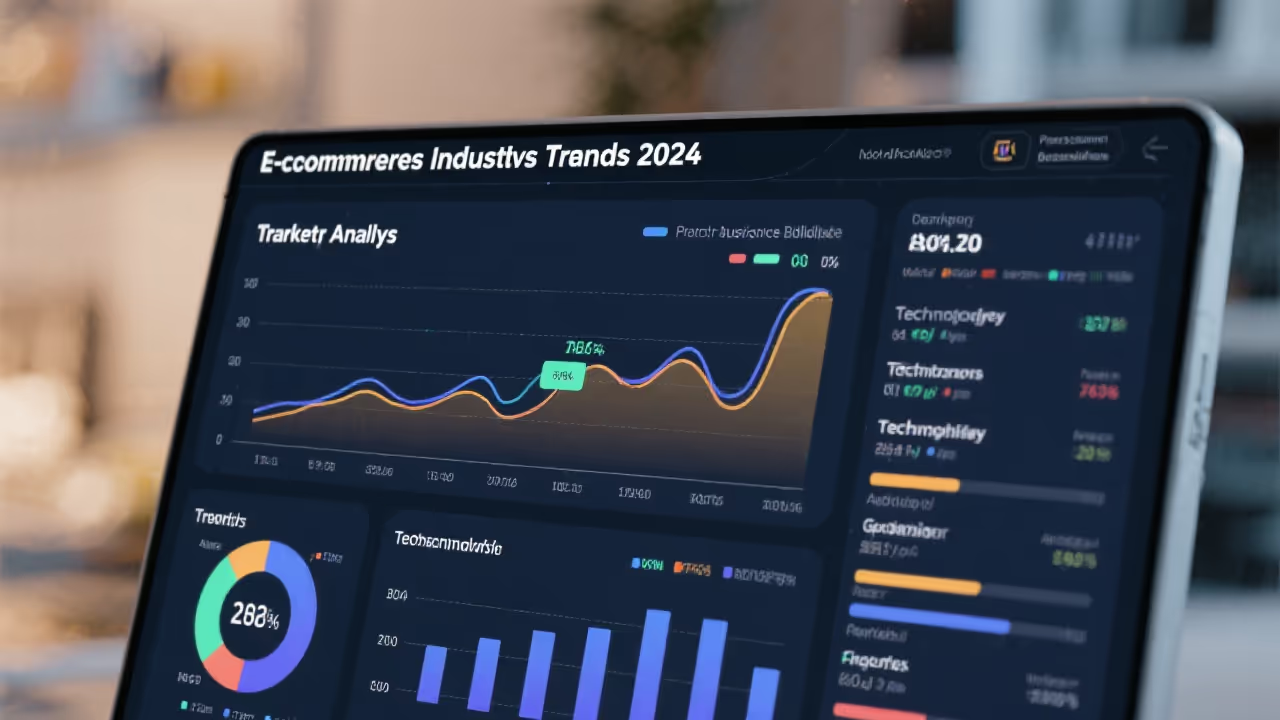In the rapidly evolving world of ecommerce, making the right platform choice can determine your business’s success. For many merchants who have outgrown WooCommerce’s capabilities, Shopify Plus presents a compelling solution. This comprehensive guide walks you through the migration process, ensuring a smooth transition that preserves your SEO rankings, customer data, and business momentum while unlocking new growth opportunities.
Why Migrate from WooCommerce to Shopify?
While WooCommerce offers flexibility through WordPress, many growing businesses encounter limitations in scalability, performance, and maintenance requirements. Shopify Plus addresses these challenges with enterprise-grade infrastructure, built-in features, and managed hosting that lets you focus on selling rather than server management.
Pre-Migration Planning: Setting the Foundation
1. Audit Your Current Store
Before initiating migration, conduct a comprehensive audit of your WooCommerce store:
- Product Catalog: Document all products, variants, and custom attributes
- Customer Data: Export customer profiles, order history, and loyalty points
- SEO Assets: List all URLs, meta descriptions, and redirect requirements
- Integrations: Catalog third-party apps and custom functionalities
2. Choose Your Migration Timeline
Select a migration window during your lowest traffic period to minimize disruption. Most successful migrations happen over a weekend or during off-peak seasons.
The Migration Process: Step-by-Step
Step 1: Data Export from WooCommerce
Use reliable export tools to extract:
- Products with all variations and images
- Customer information and passwords (hashed)
- Order history with transaction details
- Blog content and SEO metadata
Step 2: Shopify Store Setup
- Choose Your Plan: Select Shopify Plus for enterprise features
- Install Migration Apps: Tools like Cart2Cart or LitExtension simplify the process
- Configure Basic Settings: Set up currencies, tax rules, and shipping zones
- Theme Selection: Choose a conversion-optimized theme that matches your brand
Step 3: Data Import and Validation
- Import Products: Upload your product catalog, ensuring proper categorization
- Migrate Customers: Import customer data while maintaining privacy compliance
- Transfer Orders: Bring historical order data for continuity
- Test Everything: Verify product displays, pricing, and checkout flow
Step 4: SEO Preservation
- 301 Redirects: Map all old URLs to new Shopify URLs
- Meta Data Transfer: Ensure title tags and descriptions migrate properly
- XML Sitemap: Submit updated sitemap to search engines
- Monitor Rankings: Track keyword positions during and after migration
Post-Migration Optimization
Performance Enhancements
- Speed Optimization: Leverage Shopify’s CDN and optimize images
- Mobile Experience: Ensure responsive design across all devices
- Checkout Optimization: Implement Shop Pay for faster conversions
Marketing Integration
- Email Marketing: Connect Klaviyo or Shopify Email
- Analytics Setup: Configure Google Analytics 4 and Shopify Analytics
- Advertising Pixels: Install Facebook, Google, and TikTok pixels
App Ecosystem Benefits
Shopify’s app store offers 8,000+ integrations including:
- Advanced inventory management
- Subscription commerce solutions
- Loyalty and rewards programs
- International selling tools
Expected ROI and Benefits
Immediate Benefits:
- Reduced Maintenance: No more plugin updates or server management
- Enhanced Security: PCI compliance handled by Shopify
- Better Performance: 99.98% uptime and faster page loads
- Unified Dashboard: Streamlined operations and reporting
Long-term Advantages:
- Scalability: Handle traffic spikes without infrastructure concerns
- Global Expansion: Built-in multi-currency and language support
- Innovation Access: Regular platform updates and new features
- Cost Predictability: Clear pricing without hidden hosting costs
Conclusion
Migrating from WooCommerce to Shopify Plus represents more than a platform change—it’s an investment in your business’s future. While the migration process requires careful planning and execution, the benefits of improved performance, scalability, and reduced technical overhead make it worthwhile for growing ecommerce businesses. With proper preparation and the right migration strategy, you can seamlessly transition to Shopify while maintaining business continuity and setting the stage for accelerated growth.
